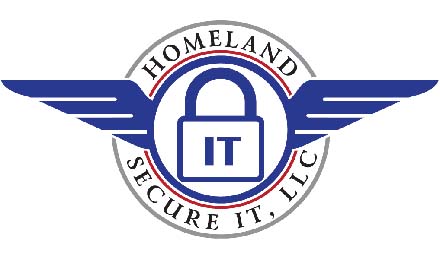Homeland Secure IT Alert for Thursday, February 23, 2011 Microsoft has released Security Advisory 967940, titled “Update for Windows Autorun”, and it covers an issue that has long plagued Microsoft Windows Operating Systems. When you insert a USB flash drive, or USB hard drive, Windows has attempted to treat them like CD/DVD material and perform an autorun on it. While …
Secure IT Alert: Adobe releases Acrobat, Coldfusion, Reader, Shockwave and Flash updates #security #adobe
Secure IT Alert for Friday, February 11th, 2011 Adobe has beat out Microsoft for the number of vulnerabilities addressed on Patch Tuesday with the unleashing of a plethora of patches for their Acrobat, Reader, Coldfusion, Shockwave Player and Flash Player. Reader’s updates are considered CRITICAL and there 29 holes that are plugged… Shockwave comes in second with 21 CRITICAL vulnerabilities …
Secure IT Alert: Microsoft Unleashes a Slew of Updates for Windows & Windows Server & IIS FTP
Secure IT Alert for Wednesday, February 9th, 2011 The February 2011 Patch Tuesday was not boring… Updates include something for everyone. Basically every current Microsoft Windows OS version was addressed. The big one was the IE Update that fixed four code execution holes in the popular web browser. In addition to fixing thumbnail and font vulnerabilities which mainly affect …
Secure IT Alert: Microsoft January 2011 Patch Tuesday addresses Windows security vulnerabilities
Secure IT Alert for Wednesday, January 12, 2011 Yesterday, January 11, 2011 was the first “Patch Tuesday” of the year from Microsoft. More information can be found here: http://www.microsoft.com/technet/security/bulletin/ms11-jan.mspx In short, if you are running a vulnerable version of the Microsoft Windows OS, you will need to apply these patches or risk suffering an exploit. And, as usual, keep your …
Secure IT Alert: Vulnerability in Microsoft Internet Explorer
Homeland Secure IT Alert for Friday, December 31, 2010 An advisory from Microsoft (http://www.microsoft.com/technet/security/advisory/2488013.mspx) released today that reveals a new potentially dangerous vulnerability in Internet Explorer…. Here is an excerpt from that site: Microsoft Security Advisory (2488013) Vulnerability in Internet Explorer Could Allow Remote Code Execution Published: December 22, 2010 | Updated: December 31, 2010 Version: 1.1 General Information Executive …
Secure IT Alert: December Firefox Update Fixes 13 Critical Vulnerabilities (Mac, Windows & Linux)
Homeland Secure IT Alert for Tuesday, December 14, 2010 In an effort to keep the Firefox browser secure, updates have been released that address multiple vulnerabilities. If you are using the 3.5.x or 3.6.x versions of the popular browser on Microsoft Windows, Linux or Apple Mac, you should insure your browser is up to date immediately to 3.5.16 or 3.6.13 …
Stuxnet virus possibly biggest threat to industry ever
An article from the Associated Press published on news.yahoo.com on Wednesday outlines the threat that the Stuxnet virus poses to industry around the world. The malicious computer attack appears to primarily target the Iranian nuclear plants, but according to the article, it can be modified to interfere with industrial control systems around the world, and “represents the most dire cyberthreat …
SECURE IT ALERT: Huge OS X Update Closes 134 Security Holes
Homeland Secure IT Alert Homeland Secure IT Alert for Friday, November 12 2010 Apple Mac OS X users received some lovin’ in the security department this week with, count ’em, 134 security vulnerability fixes… These “holes” can allow an attacker to gain full control of your machine. The most common of which seems to be of the “rootkit” variety, giving …
SECURE IT ALERT: Microsoft Patch Tuesday Brings Critical Office Updates
Homeland Secure IT Alert for Wednesday, Nov 10, 2010 Welcome to another exciting episode of Microsoft Patch Tuesday! In this batch of updates, Microsoft has focused on critical vulnerabilities in Microsoft office. I have included WatchGuard’s description of the updates below since it is a LOT more understandable than the Microsoft version. If you require any assistance with these or …
Secure IT Alert: Koobface Variant Infects Linux, Mac & Windows Systems
Homeland Secure IT Alert Homeland Secure IT Alert for Thursday, October 28, 2010 In the news today you will find that a new variant of the infamous Koobface is making the rounds via social media sites such as Facebook, Twitter and Myspace. Unsuspecting users are enticed to click a video link in a direct message which links to a bogus …
